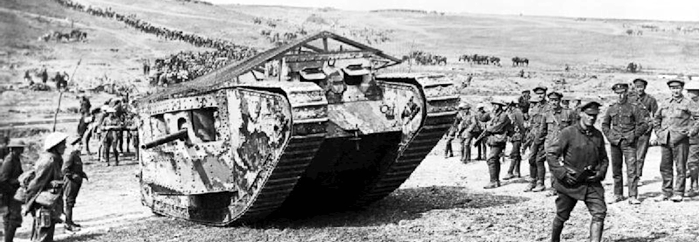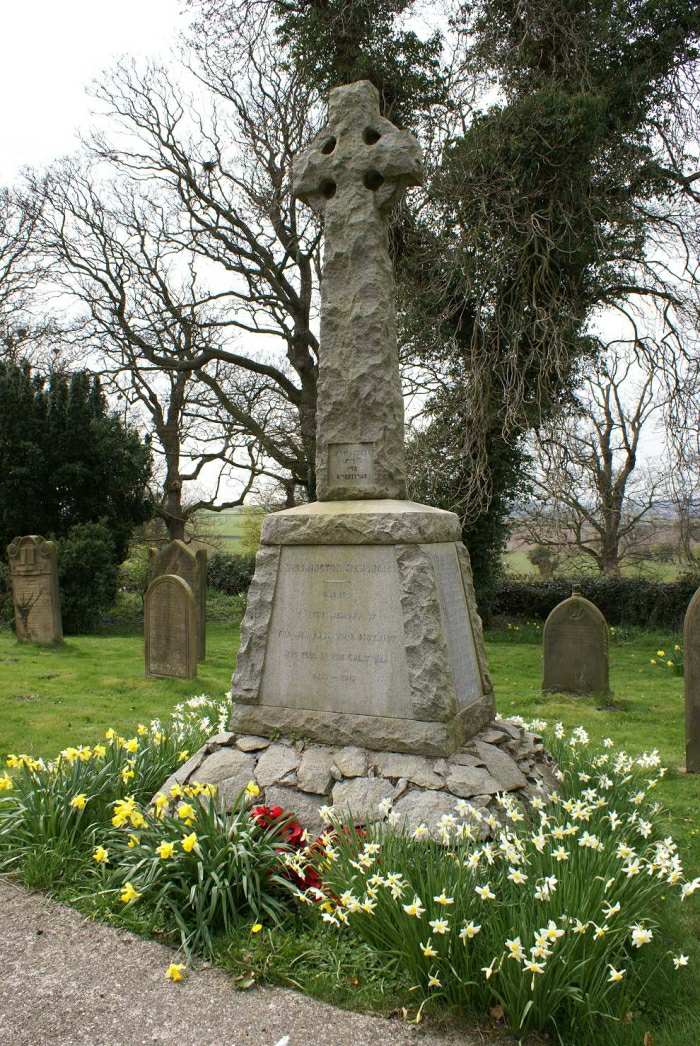Corporal James Edward Hartill, 10836, 'A' Company, 13th Battalion, Northumberland Fusiliers
James Edward Hartill was born at the house of Joe and Mary Hepworth, his maternal grandparents, in Back Lane, Ossett on the 16th August 1895. He was the eldest child of coal miner David Harthill, who was born in Wigan on the 20th April 1870, and his wife, Ossett born Mary Hepworth, who married at Ossett Holy Trinity Church on the 24th February 1894. Mary was 18 years of age and David was 24 years of age, but gave his age as 22 years on the registration documents.
By 1891, the Hartill family had moved to live at Chickenley Heath and David Hartill like his father John was employed as a coal miner in one of the local pits. By about 1898, the David Hartill and his new family had moved from Chickenley Heath to live at Hartford Colliery in Northumberland where David worked as a coal hewer. There were now three children in the family: James Edward 5 years, born Ossett; Alice 3 years, born Ossett and George 2 years, born Hartford Colliery.
James Edward Hartill joined the 13th (Service) Battalion of the Northumberland Fusiliers in Morpeth in 1914. The battalion was formed of volunteers at Newcastle in September 1914 as part of K3 (Kitchener's 3rd Army) and attached to 62nd Brigade, 21st Division.
The units of the Division initially concentrated in the Tring area, spending some time in camp at Halton Park before winter necessitated a move into local billets in Tring, Aylesbury, Leighton Buzzard, High Wycombe and Maidenhead. The artillery was at High Wycombe and Berkhamsted, RE at Chesham, and ASC at Dunstable.
In May 1915 the infantry moved to huts at Halton Park, the artillery went to Aston Clinton (One brigade staying at Berkhamsted) and the RE to Wendover. Rifles were received in late June 1915 and after firing their first course the infantry moved on 9th August to Witley Camp. Lord Kitchener inspected the Division on the march on 12th August.
Advanced parties embarked for France on the 2nd September 1915 and the main body began to cross the Channel five days later. Units moved to assemble near Tilques, completing concentration on the 13 September. The Division's first experience was truly appalling. Having been in France for only a few days, lengthy forced marches brought it into the reserve for the British assault at Loos. GHQ planning left it too far behind to be a useful reinforcement on the first day, but it was sent into action on the 26th September, whereupon it suffered over 3,800 casualties for very little gain and it took the rest of the year to rebuild.
Corporal James E. Harthill died in action during the Battle of Flers-Courcelette when the first ever tanks used in combat were unleashed onto the battlefield on the 15th September 1916, during the larger Somme offensive, which went on until November 1916. Although their initial effectiveness is debatable and tank designs were primitive, the face of modern warfare was changed forever.

Above: British tank at the Battle of Flers-Courcelette, September 1916.
The late summer of 1916 had seen atrocious weather with thick, cloying mud everywhere. It was said that "nearly as bad as Flers" was the worst a transport driver could say of any subsequent battlefield. Some trenches were so badly affected that a soldier literally could not sit down for his tour of duty due to the mud.
The 21st Division, to which Hartill's Northumberland Fusiliers was attached, began the attack on the 15th September 1916 (led by the 64th Brigade under Brigadier General H.R. Headlam) but got bogged down passing around Flers. It then fell too far behind the artillery barrage, and its only tank was destroyed by an artillery shell. The Brigade signal headquarters in Flers was also destroyed by shellfire. The New Zealand Division repulsed an early German counterattack, and then made some limited progress before being ordered to halt when news came through of the failure to their right.
On the 17th September General Rawlinson issued orders for a general resumption of the offensive on the next day. The planned attack was then postponed until the 21st September, and then cancelled. When the fighting resumed on the Fourth Army's front, it would be towards Morval, in the east. Over the last seven days of the battle the British engaged in a series of small scale operations designed to consolidate the line, especially in the area around High Wood, where the limited advance on the 15th September had left a bulge in the new line. Heavy rain began on the 18th September, which made further offensive operations even more difficult.
Corporal James E. Hartill died on the 19th September 1916 at the Battle of Flers-Courcelette and is buried at Caterpillar Valley Cemetery near Longueval in France. Longueval is a village approximately 13 kilometres east of Albert and 10 kilometres south of Bapaume. Caterpillar Valley Cemetery lies a short distance west of Longueval on the south side of the road to Contalmaison.
Caterpillar Valley Cemetery now contains 5,573 Commonwealth burials and commemorations of the First World War. 3,798 of the burials are unidentified but there are special memorials to 32 casualties known or believed to be buried among them, and to three buried in McCormick's Post Cemetery whose graves were destroyed by shell fire.

Above: The Grade II Listed War Memorial at Widdrington, Northumberland where Corporal James Edward Hartill is remembered. Apart from his birth in Ossett in 1895, James Hartill never lived in Ossett and spent most of his short life in the north-east of England where he worked in the coal fields of Bedlington Colliery and it's feeder pits.
Corporal Hartill was awarded the British and Victory medals, as well as the 1914-15 Star for service overseas before the 31st of December 1915 posthumously.
References: